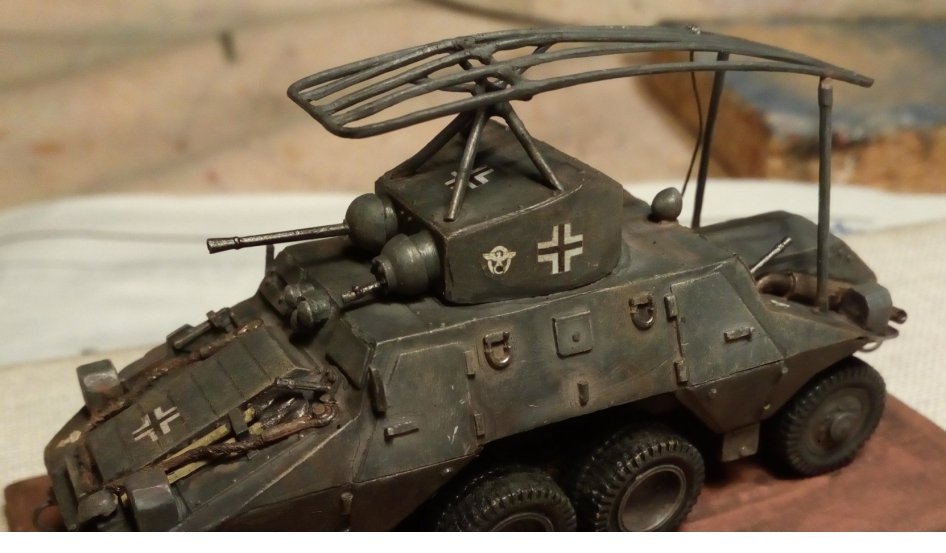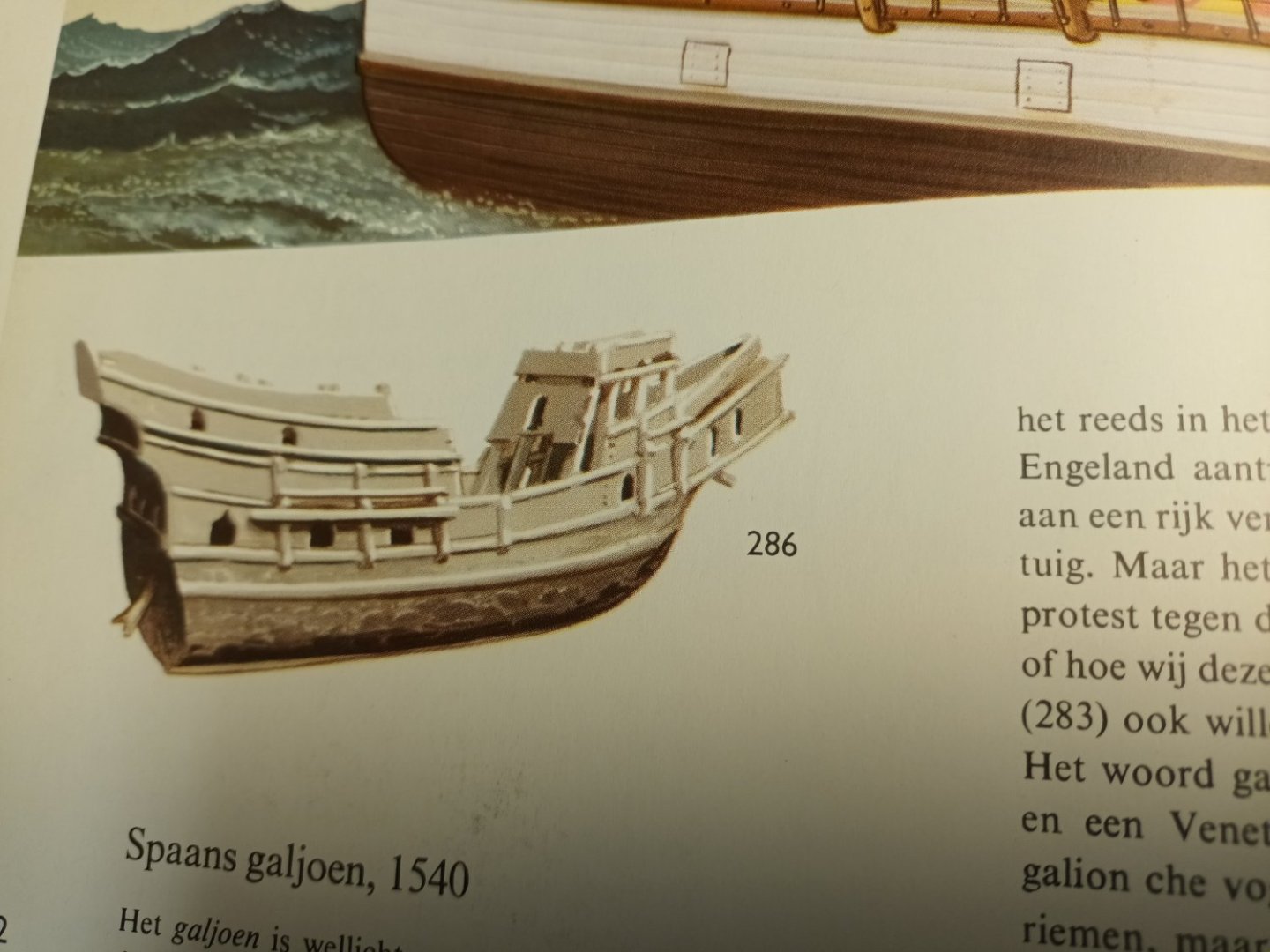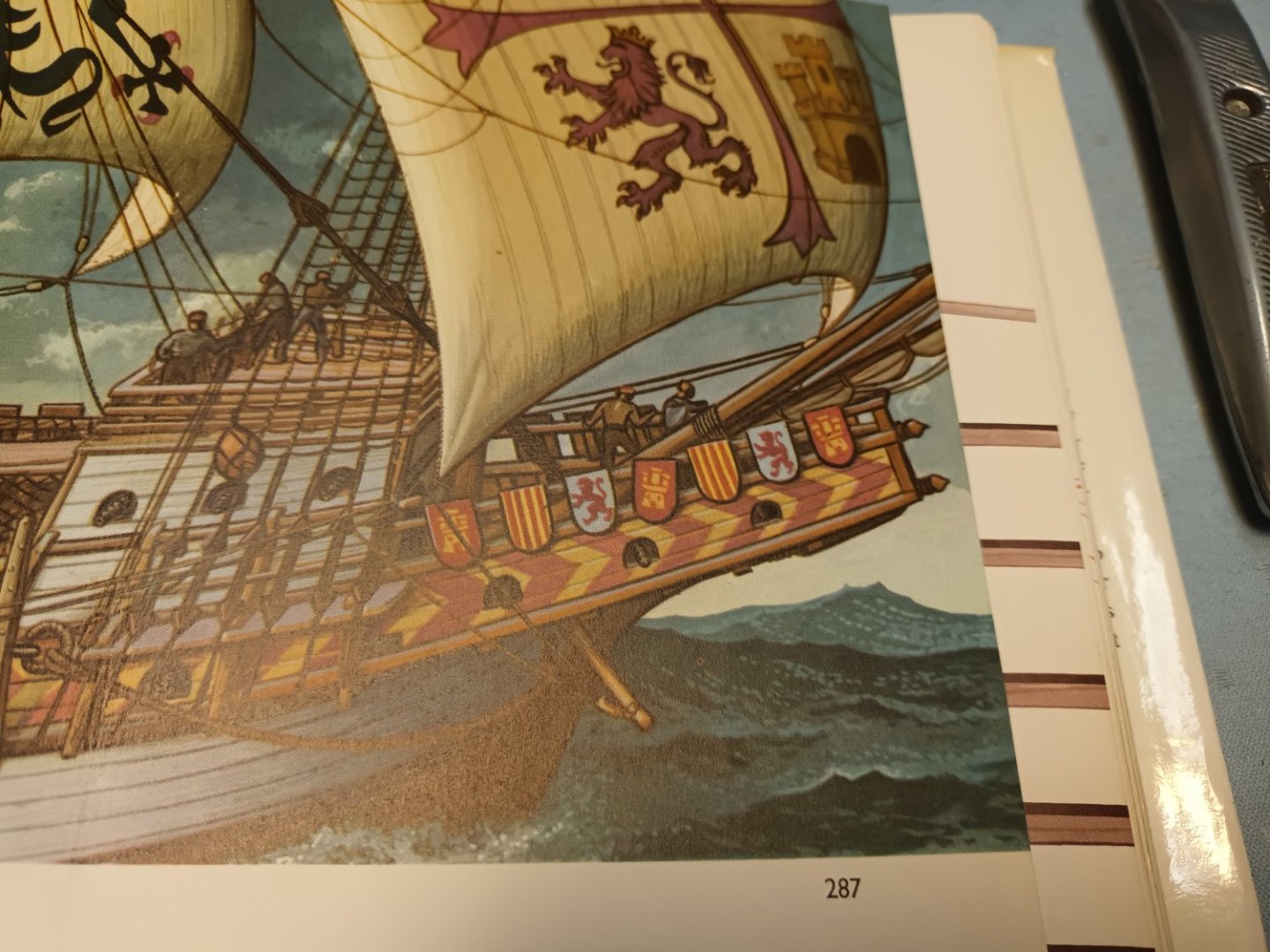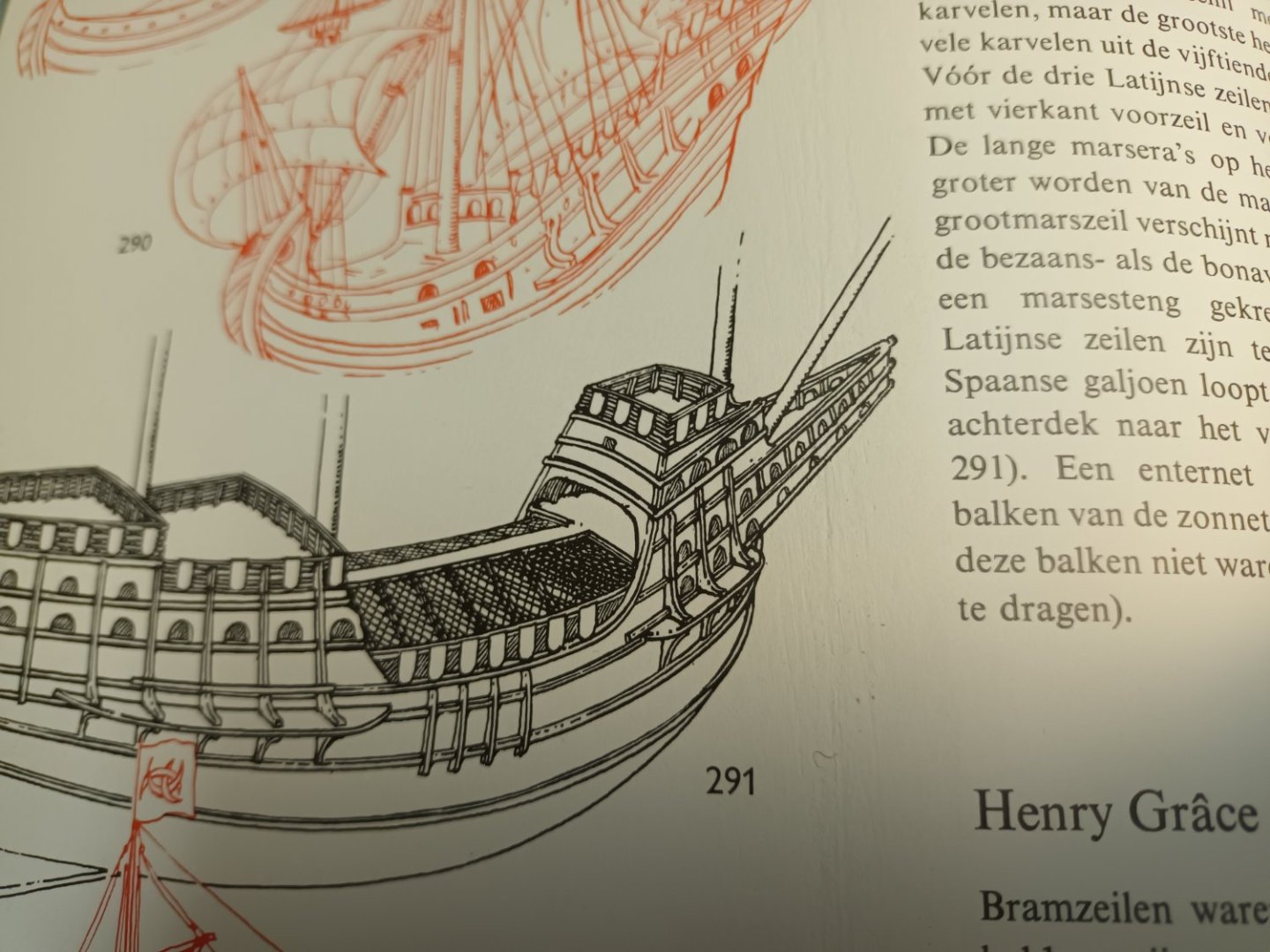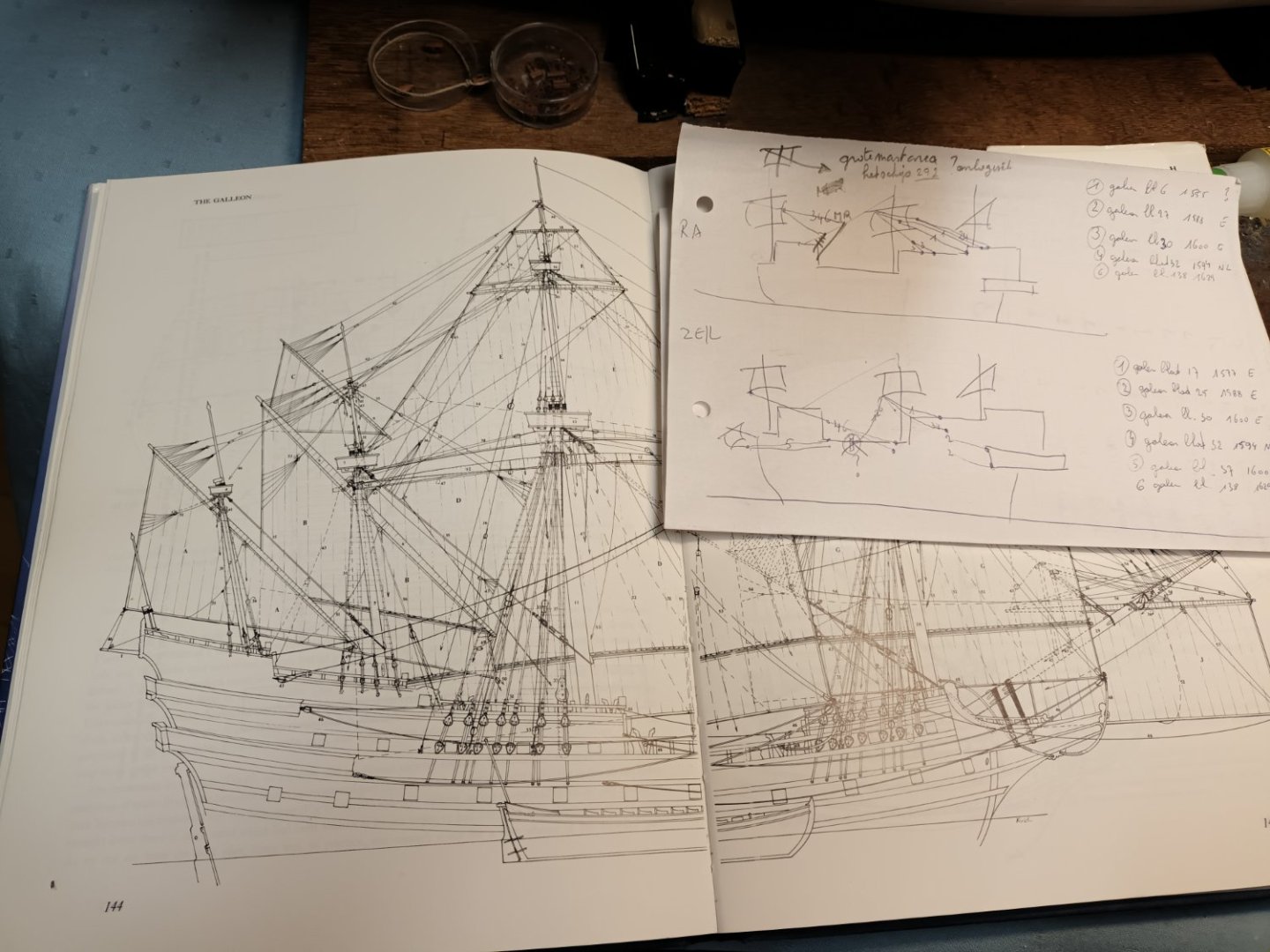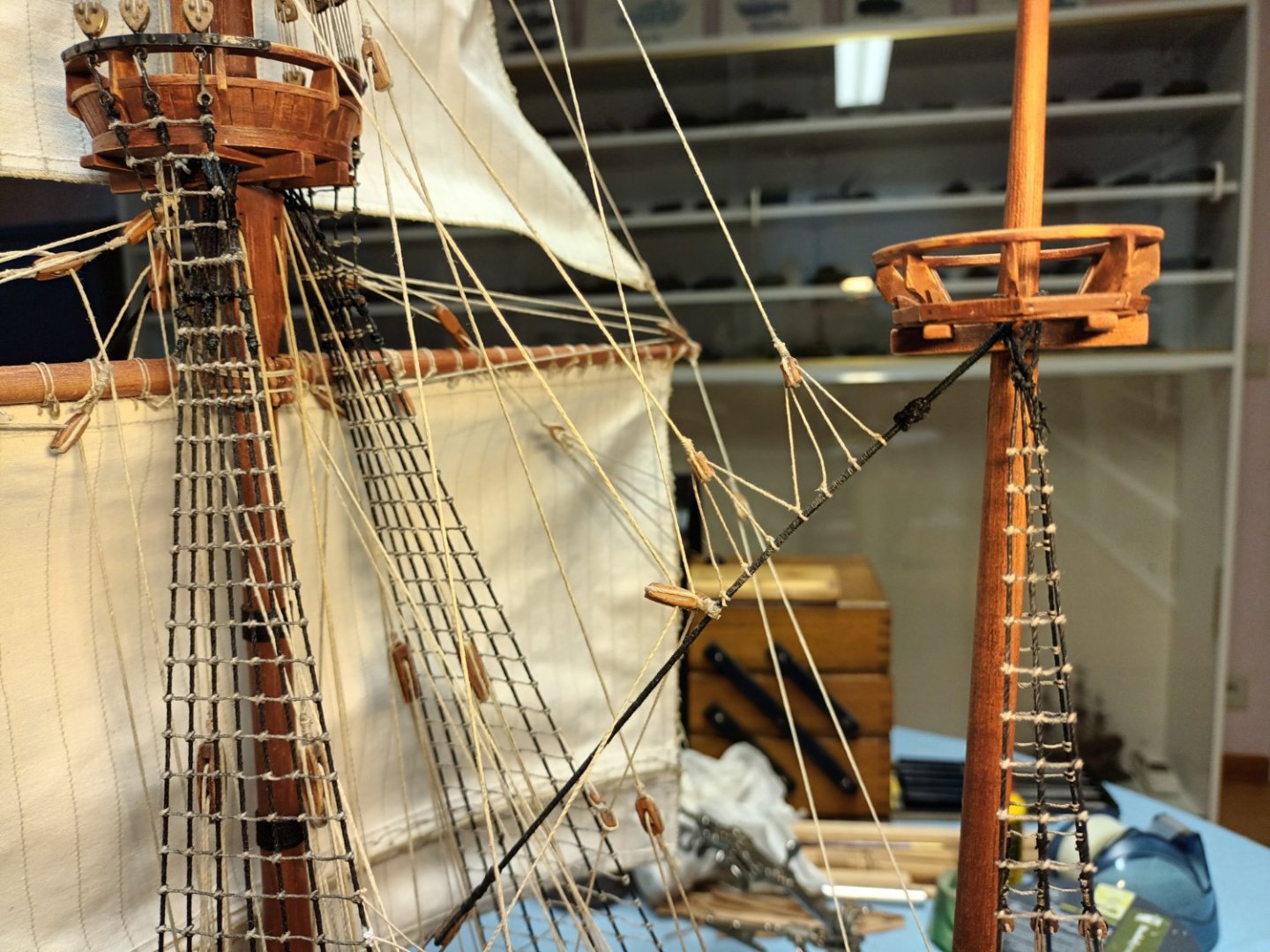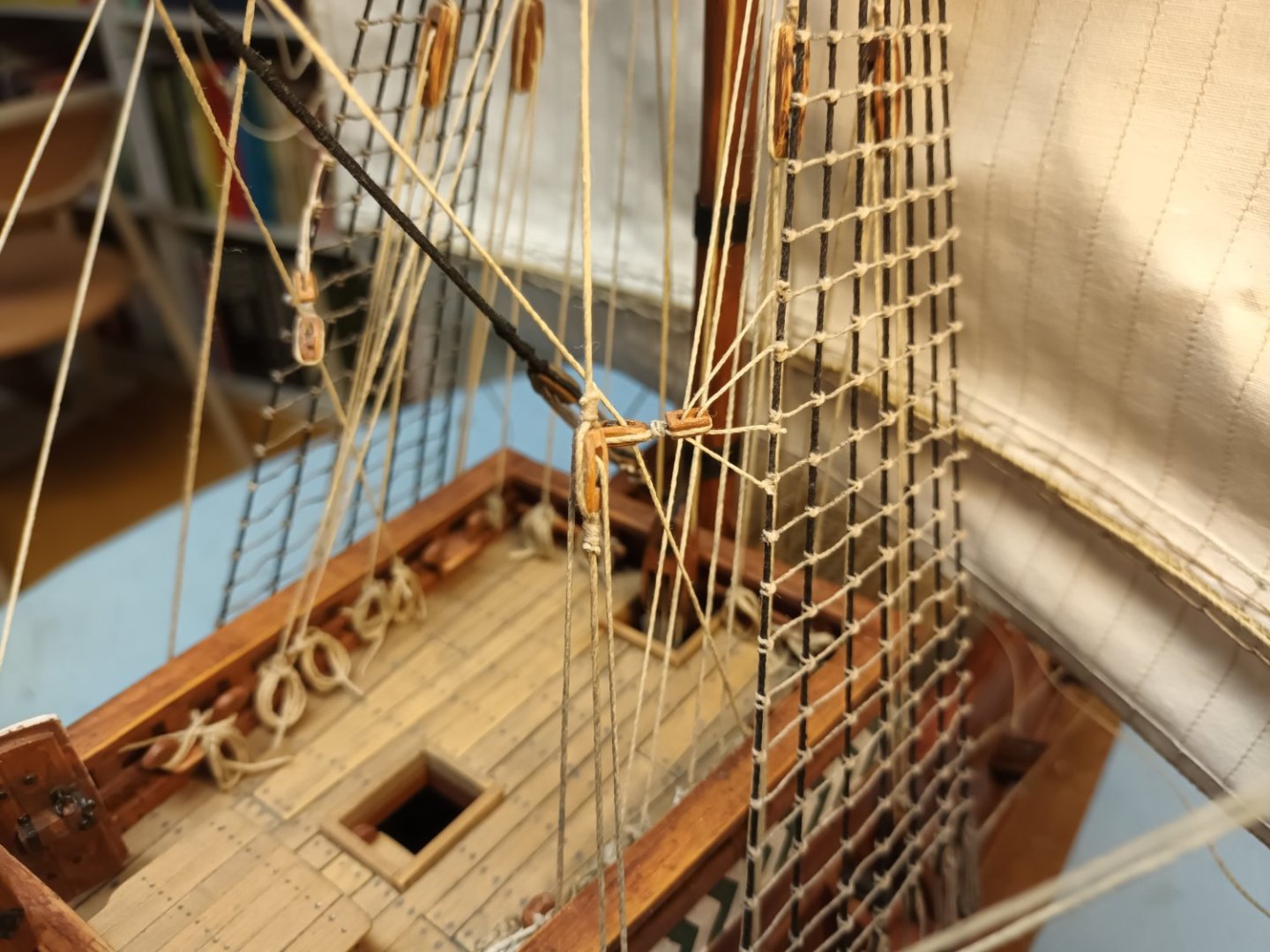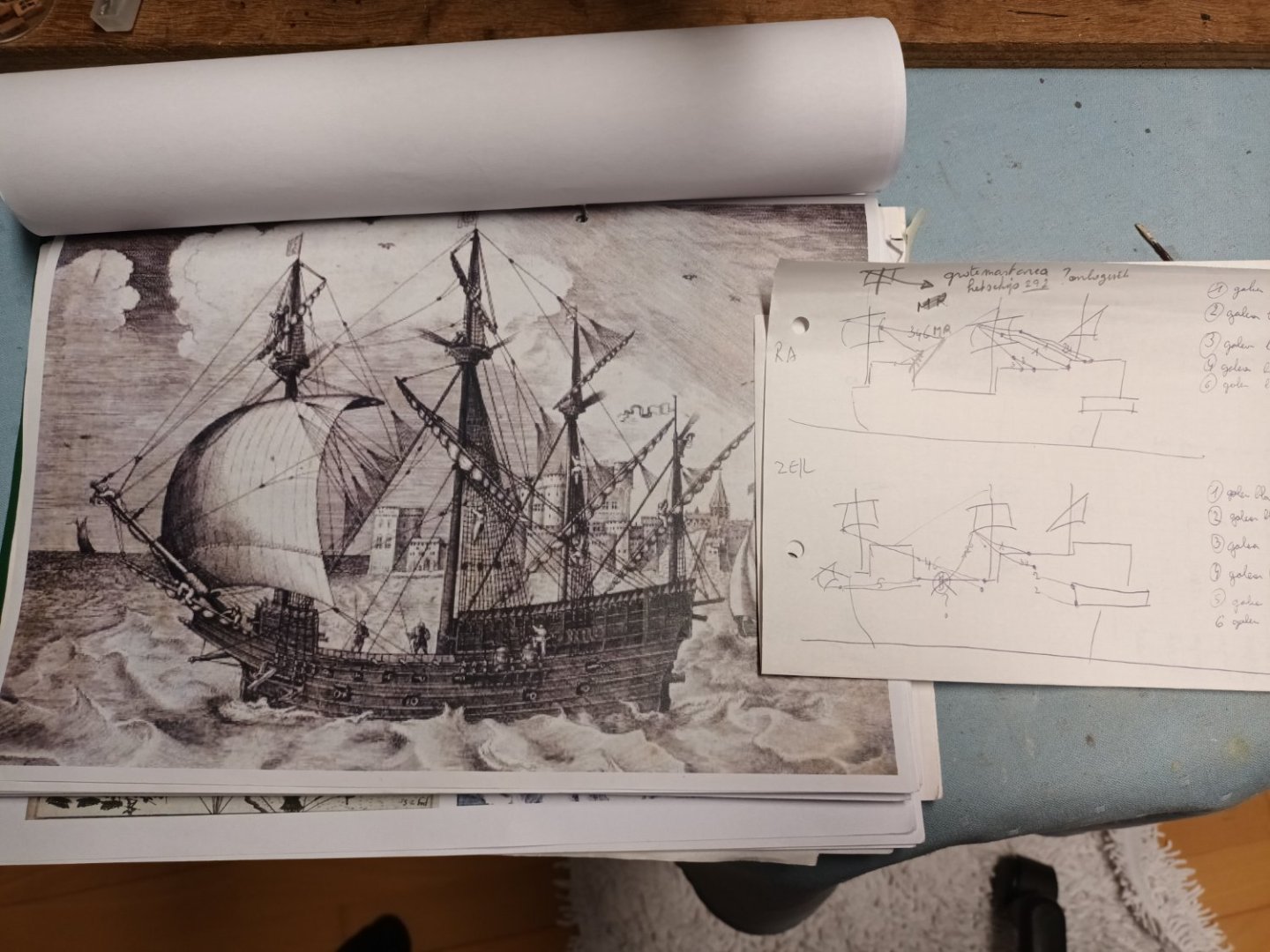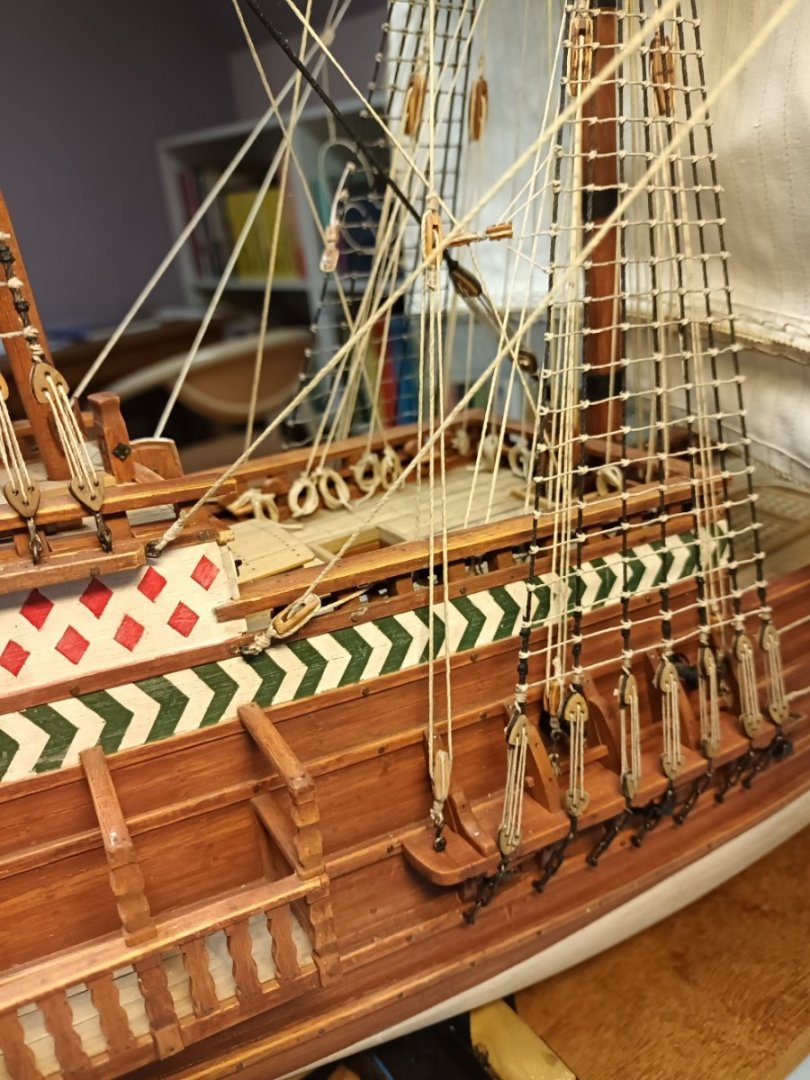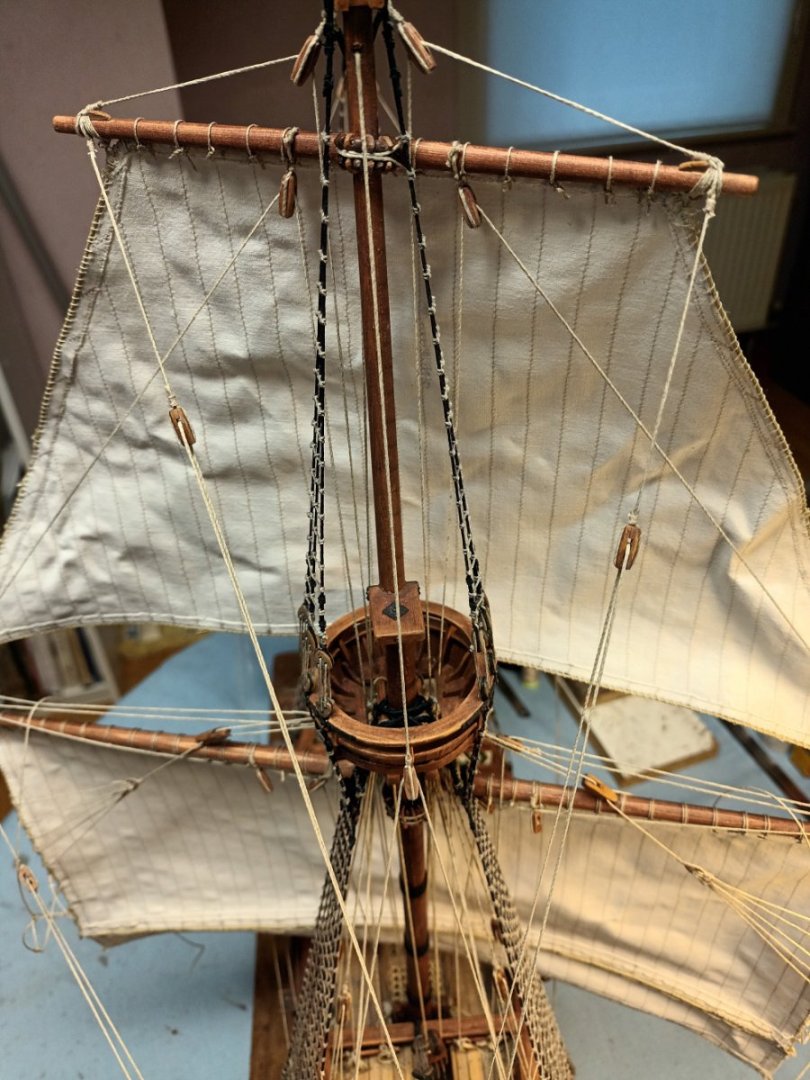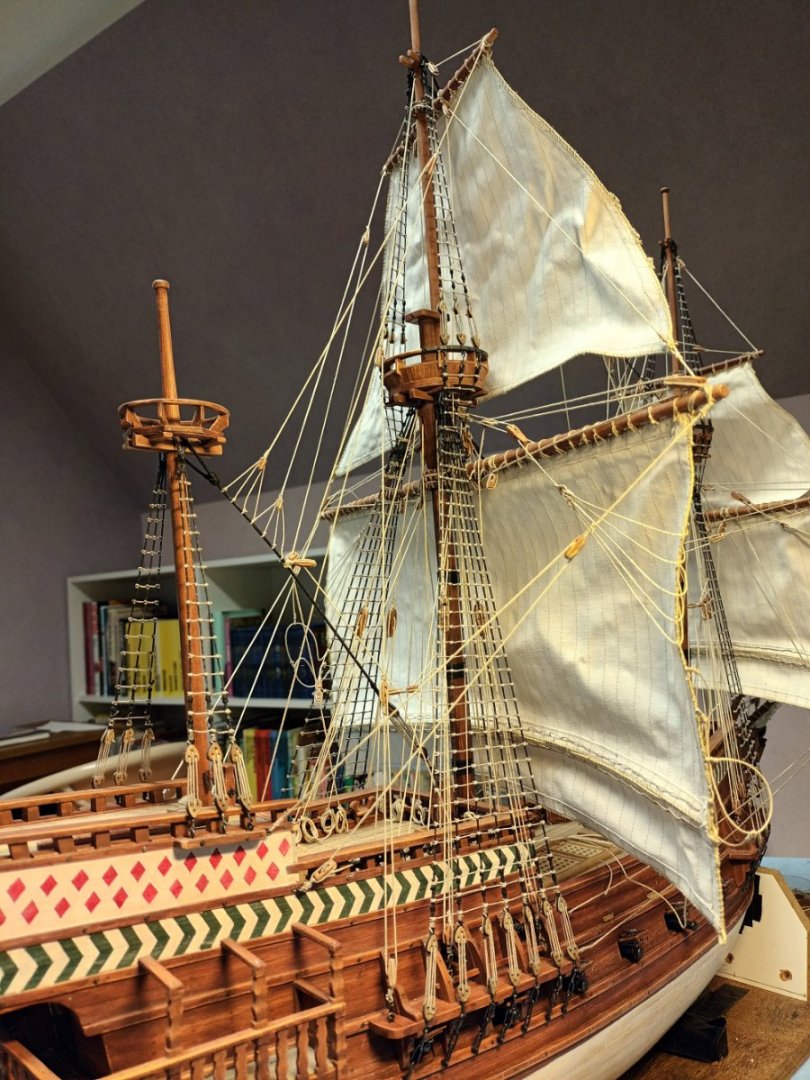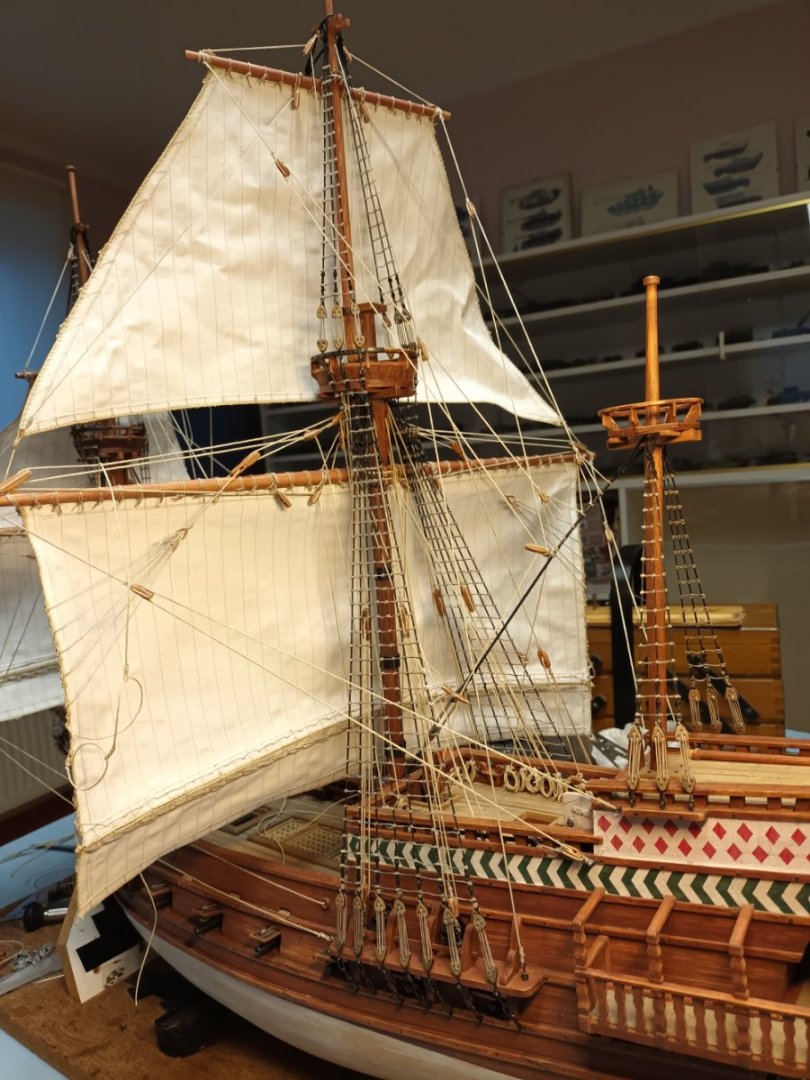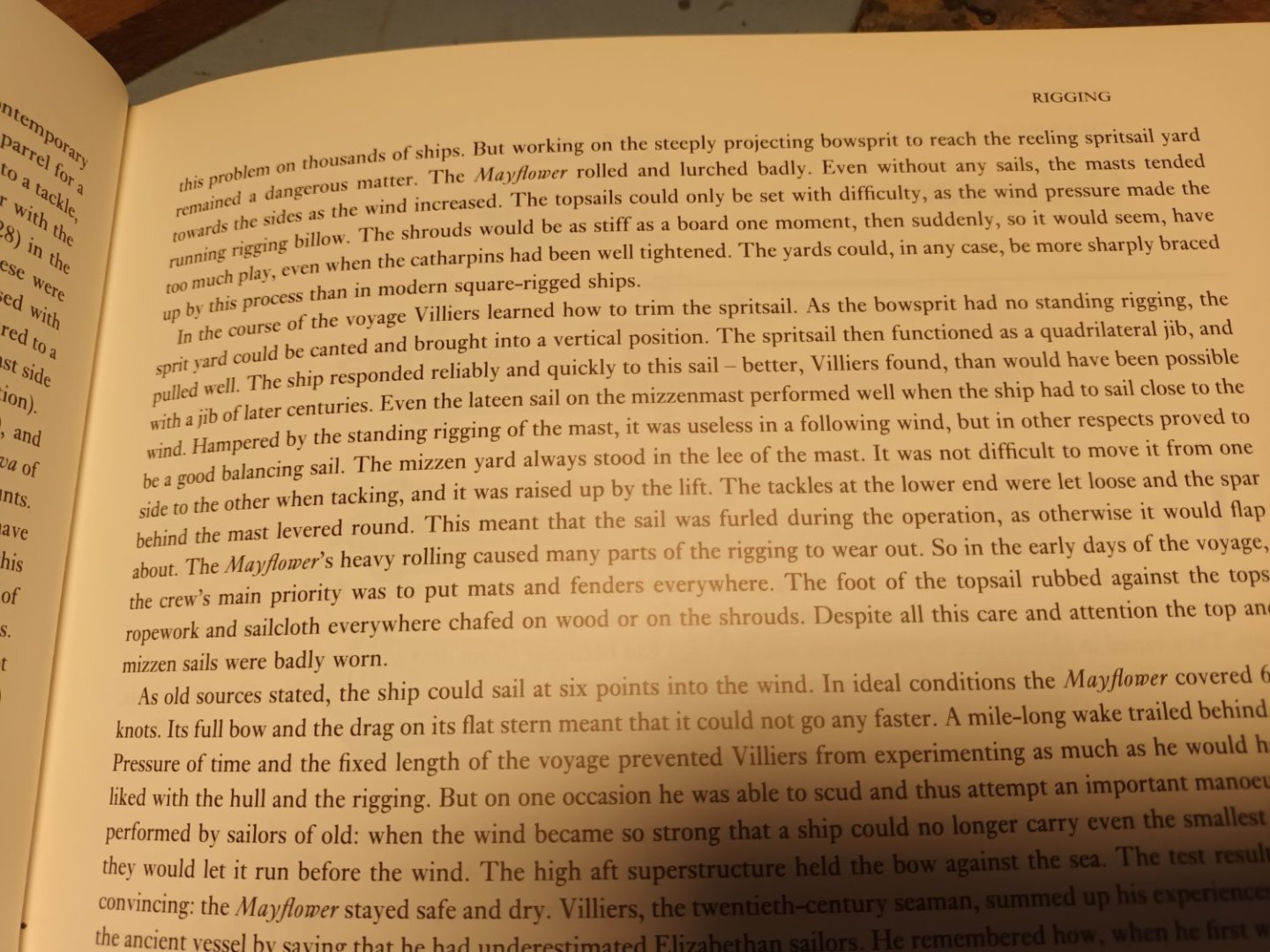-
Posts
4,286 -
Joined
-
Last visited
Content Type
Profiles
Forums
Gallery
Events
Everything posted by Baker
-

Churchill Mk.III tank by King Derelict - Italeri - 1/72
Baker replied to king derelict's topic in Non-ship/categorised builds
Nice start. This is an old Esci Churchill kit. On first sight, the only new part is the box 😉 -
Nice model 👍
-
Great start 👍
-

Timber-framed outdoor kitchen - Cathead - 1:1 scale
Baker replied to Cathead's topic in Non-ship/categorised builds
Very nice work. The fruit looks delicious -

New(ish) Ship Builder for a new(ish) challenge
Baker replied to Dowlking's topic in New member Introductions
-

Roter Löwe 1597 by Ondras71
Baker replied to Ondras71's topic in - Build logs for subjects built 1501 - 1750
nice work, but bad news (corona) get well soon. -
I think it's just decoration where some of the beams meet. This can sometimes be found on early galleons.
- 58 replies
-
- Spanish galleon
- Billing Boats
-
(and 1 more)
Tagged with:
-
There is little information available for the rigging of these two sails. So i look and compare, and the way that occurs most is used. The main topsail halyard. The braces Overview Thanks for following, comments and likes.
- 756 replies
-
- galleon
- golden hind
-
(and 2 more)
Tagged with:
-

MRAP ATV by CDW - FINISHED - Rye Field - 1:35 Scale
Baker replied to CDW's topic in Non-ship/categorised builds
Great work, Congrats 👍 -
-

“If you are going to do something, do it now. Tomorrow is too late.”
Baker replied to BMT's topic in New member Introductions
-
Congrats, very nice models and a great Chevy.
- 222 replies
-
- reale de france
- heller
-
(and 1 more)
Tagged with:
-
A lot of info can be found on this site http://www.wasadream.com/Index/indexenglish.html
-
Welcome back
-
About us
Modelshipworld - Advancing Ship Modeling through Research
SSL Secured
Your security is important for us so this Website is SSL-Secured
NRG Mailing Address
Nautical Research Guild
237 South Lincoln Street
Westmont IL, 60559-1917
Model Ship World ® and the MSW logo are Registered Trademarks, and belong to the Nautical Research Guild (United States Patent and Trademark Office: No. 6,929,264 & No. 6,929,274, registered Dec. 20, 2022)
Helpful Links
About the NRG
If you enjoy building ship models that are historically accurate as well as beautiful, then The Nautical Research Guild (NRG) is just right for you.
The Guild is a non-profit educational organization whose mission is to “Advance Ship Modeling Through Research”. We provide support to our members in their efforts to raise the quality of their model ships.
The Nautical Research Guild has published our world-renowned quarterly magazine, The Nautical Research Journal, since 1955. The pages of the Journal are full of articles by accomplished ship modelers who show you how they create those exquisite details on their models, and by maritime historians who show you the correct details to build. The Journal is available in both print and digital editions. Go to the NRG web site (www.thenrg.org) to download a complimentary digital copy of the Journal. The NRG also publishes plan sets, books and compilations of back issues of the Journal and the former Ships in Scale and Model Ship Builder magazines.

